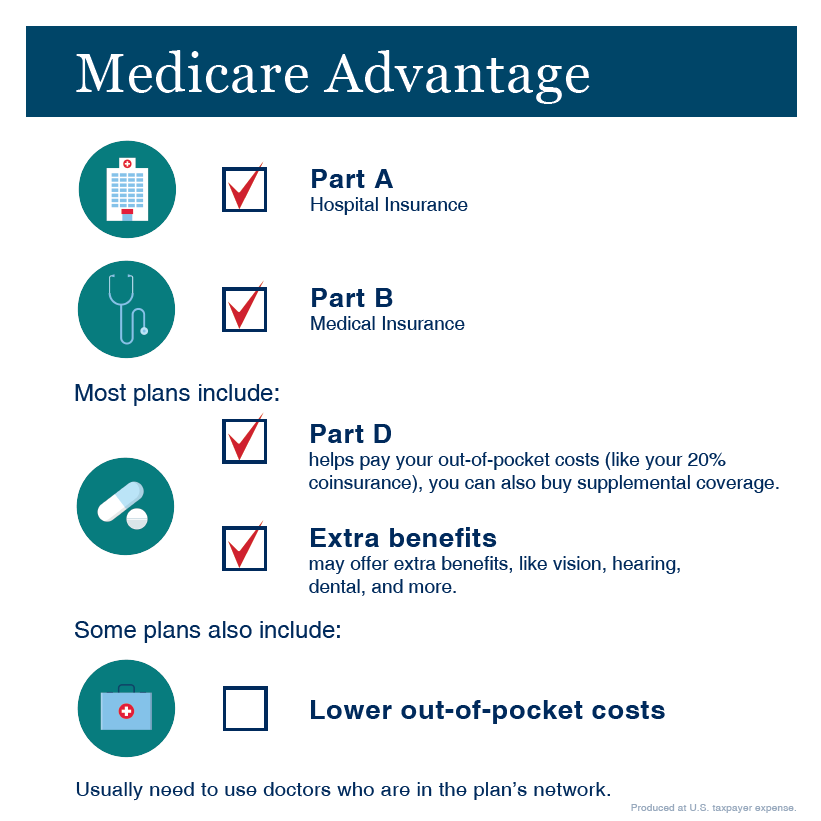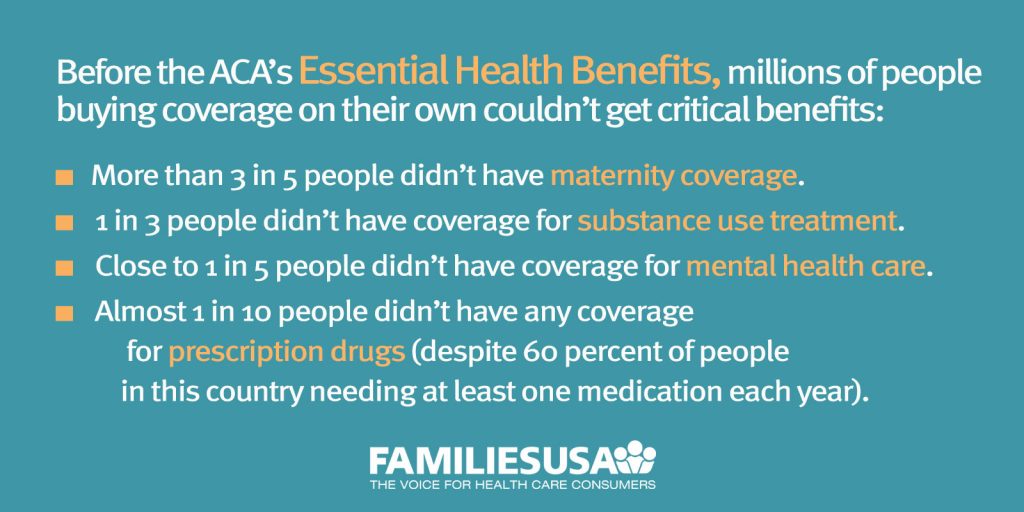Medicare Advantage Agent - Truths
Wiki Article
Getting The Medicare Advantage Agent To Work
Table of ContentsRumored Buzz on Medicare Advantage AgentMedicare Advantage Agent Can Be Fun For EveryoneEverything about Medicare Advantage Agent

follows from confusing the relatively young age profile of the uninsured with the far better health and wellness, generally, of younger persons. This obscures the link in between health and wellness status and medical insurance. For those without accessibility to work environment medical insurance, inadequate wellness is a potential obstacle to purchasing nongroup coverage since such coverage may be very priced, omit pre-existing conditions, or be merely not available. The variety of uninsured Americans is not particularly big and has actually not changed recently. Seven out of 10 participants in a country wide depictive survey believed that less Americans lacked health and wellness insurance than really do(Fronstin, 1998). Roughly half(47 percent )thought that the number of people without wellness insurance lowered or stayed consistent over the last fifty percent of the last years(Blendon et al., 1999). This drop of nearly 2 million in the number of individuals 'without insurance (a reduction
of around 4 percent)is definitely a favorable change. With a softer economic climate in 2000 the current reported gains in insurance protection may not proceed(Fronstin, 2001 ). The decrease in the variety of uninsured will certainly not proceed if the economy remains slow and health care expenses continue to surpass inflation. This is because the data were gathered for a period of solid financial performance. Of the approximated 42 million people that were without insurance, all however about 420,000(regarding 1 percent)were under 65 years of age, the age at which most Americans end up being qualified for Medicare; 32 million were grownups in between ages 18 and 65, about 19 percent of all grownups in this age group; and 10 million were children under 18 years of age, about 13.9 percent of all children (Mills, 2000). These price quotes of the variety of individuals without insurance are created from the yearly March Supplement to the Existing Populace Survey (CPS), carried out by the Census Bureau. Unless otherwise noted, nationwide price quotes of individuals without health and wellness insurance policy and proportions of the population with various type of protection are based on the CPS, one of the most commonly utilized source of price quotes of insurance protection and uninsurance prices. These surveys and the estimates they generate are explained briefly in Table B. 1 in Appendix B - Medicare Advantage Agent. These studies vary in size and sampling approaches, the questions that are inquired about insurance policy
Some Known Details About Medicare Advantage Agent
insurance coverage, and the time period over which insurance policy coverage or uninsurance is gauged(Lewis et al., 1998, Fronstin, 2000a ). Still, the CPS is particularly useful due to the fact that it produces annual price quotes relatively swiftly, reporting the previous year's insurance coverage estimates each September, and due to the fact that it is the basis for a regular set of price quotes for greater than two decades, enabling for evaluation of fads in coverage gradually.
Excitement About Medicare Advantage Agent
Over a three-year period beginning early in 1993, 72 million individuals, 29 percent of the united state population, lacked protection for a minimum of one month. Within a solitary year(1994), 53 million people experienced at the very least a month without insurance coverage(Bennefield, 1998a). 6 out of every ten uninsured grownups are themselves utilized. Although working does enhance the likelihood that a person and one's family participants will have insurance coverage, it is not a guarantee. Also members of households with 2 full-time wage income earners have virtually a one-in-ten chance of being uninsured (9.1 percent without insurance price)(Hoffman and Pohl, 2000 ). The relationship between medical insurance and access to care is well developed, as recorded later in this phase. The relationship between health insurance and health and wellness end results is neither straight nor straightforward, an extensive medical and health and wellness services research literary works web links wellness insurance coverage to improved enhanced accessibility care, better qualityHigh quality and improved boosted individual population populace wellnessStanding The 2nd report, on individual wellness end results for uninsured adults, is represented by the inner circle of the figure, while the 3rd report, on family wellness, incorporates the subjects of the second record yet stresses a different system of evaluation, namely, the family. The 6th report in the series will offer details about strategies and campaigns taken on in your area, statewide, or across the country to attend to the lack of insurance policy and its damaging effects. Degrees of analysis for analyzing the results of uninsurance. This discussion of health insurance policy coverage concentrates mostly on the U.S. populace under age 65 since virtually all Americans 65 and older have Medicare or other public coverage.
In addition, it focuses particularly on those without any medical insurance for any type of size of time. The issues dealt with by the underinsured are in some aspects similar to those encountered by the without insurance, although they are normally less find out this here severe. Uninsurance and underinsurance, nevertheless, include clearly different policy concerns, and the techniques for addressing them may differ. Throughout this study and the 5 reports to follow, the major emphasis is on persons without any medical insurance and her comment is here hence no assistance in paying for health treatment beyond what is available through charity and safeguard institutions. Health insurance is an effective factor affecting invoice of treatment because both people and medical professionals react to the out-of-pocket cost of services. Health insurance, nevertheless, is neither required neither adequate to access to clinical services. The independent and direct effect of health insurance insurance policy on access to health services is well established. Others will certainly obtain the healthcare they require even without health and wellness insurance policy, by paying for it expense or seeking it from suppliers that supply care totally free or at highly subsidized prices. For still others, medical insurance alone does not make sure receipt of treatment as a result of various other nonfinancial barriers, such as a lack of health and wellness care service providers in their community, restricted accessibility to transportation, illiteracy, or etymological and social differences. Official study concerning without insurance populations in the United States dates to the late 1920s and early 1930s when the Committee on the Price of Treatment produced a series of reports regarding funding doctor workplace check outs and hospitalizations. This concern came to be salient as the varieties of medically indigent climbed during the Great Anxiety. Empirical research studies continually sustain the link between accessibility to care and boosted health and wellness results(Bindman et al., 1995; Starfield, 1995 ). Having a routine resource of care can be thought about a forecaster of accessibility, rather than a straight procedure of it, when health and wellness outcomes are themselves used as accessibility signs. This extension of the concept of access dimension was made by the IOM Committee on Keeping Track Of Gain Access To to Personal Healthcare Provider(Millman, 1993, p. Whether or not moms and dads are guaranteed appears to influence whether or not their youngsters obtain care along with just how much careeven if the children themselves have protection(Hanson, 1998). The wellness of parents can influence their capability to look after their youngsters and the degree of family stress and anxiety. Stressing regarding their kids's access to care is itself a source of anxiety for parents. 3 chapters adhere to in this report. Chapter 2 provides an introduction of exactly how employment-based wellness insurance policy, public programs and specific insurance plan operate and interact to give comprehensive yet insufficient insurance coverage of the U.S. populace. This includes an evaluation of historical patterns and public plans affecting both public and private insurance coverage, a discussion of the communications amongst the different kinds of insurance policy, and an evaluation of why people relocate from one program to another or wind up

Report this wiki page